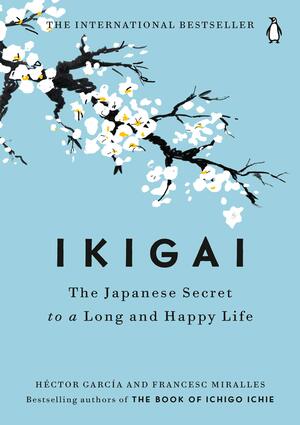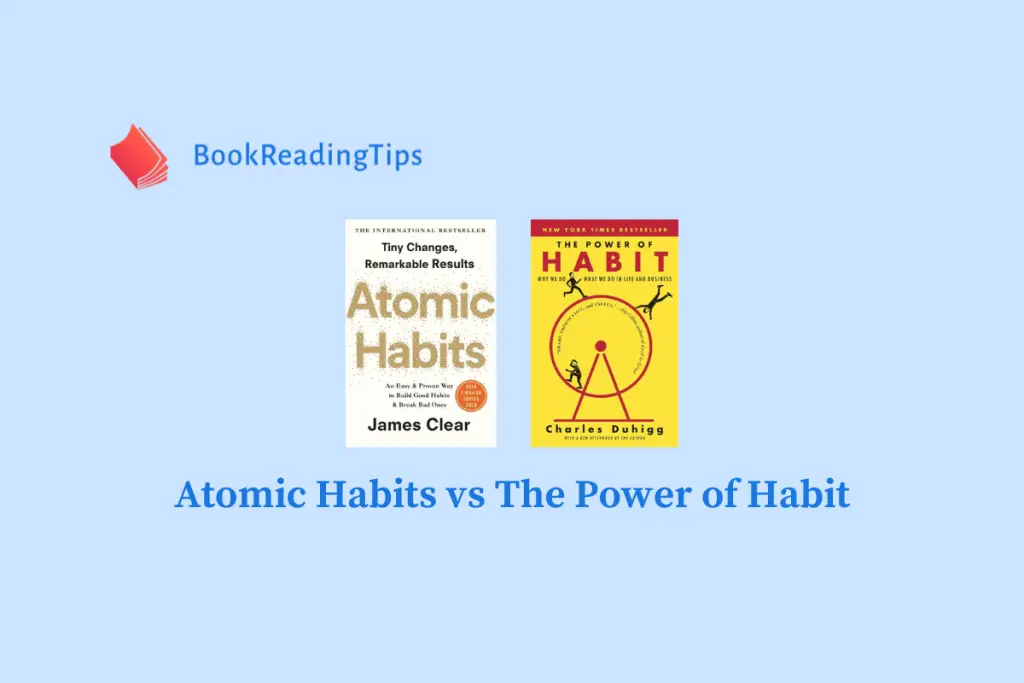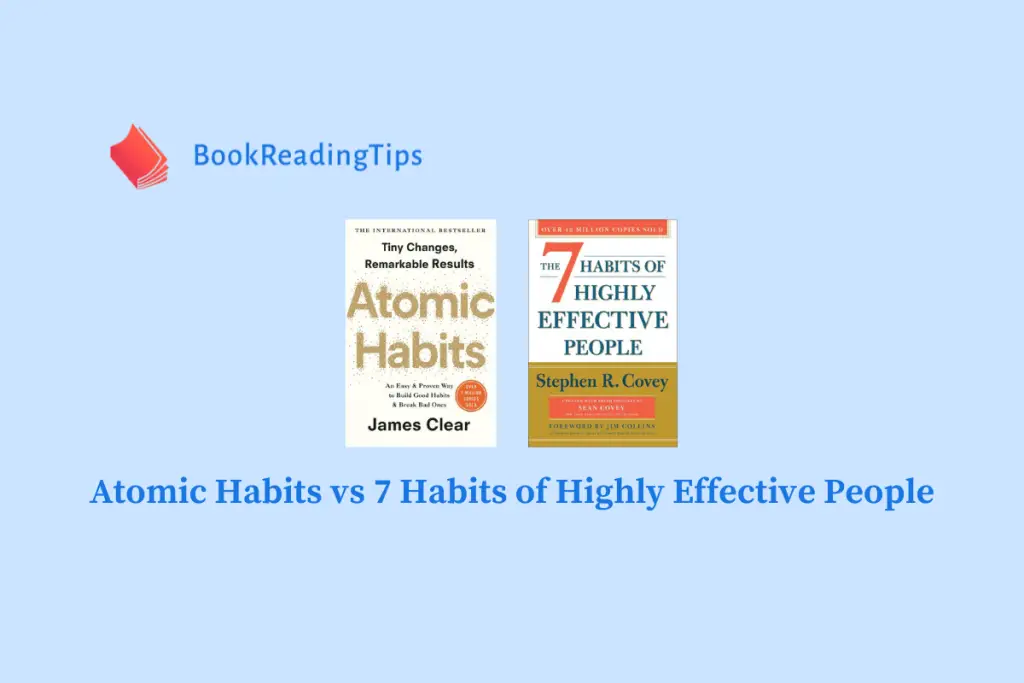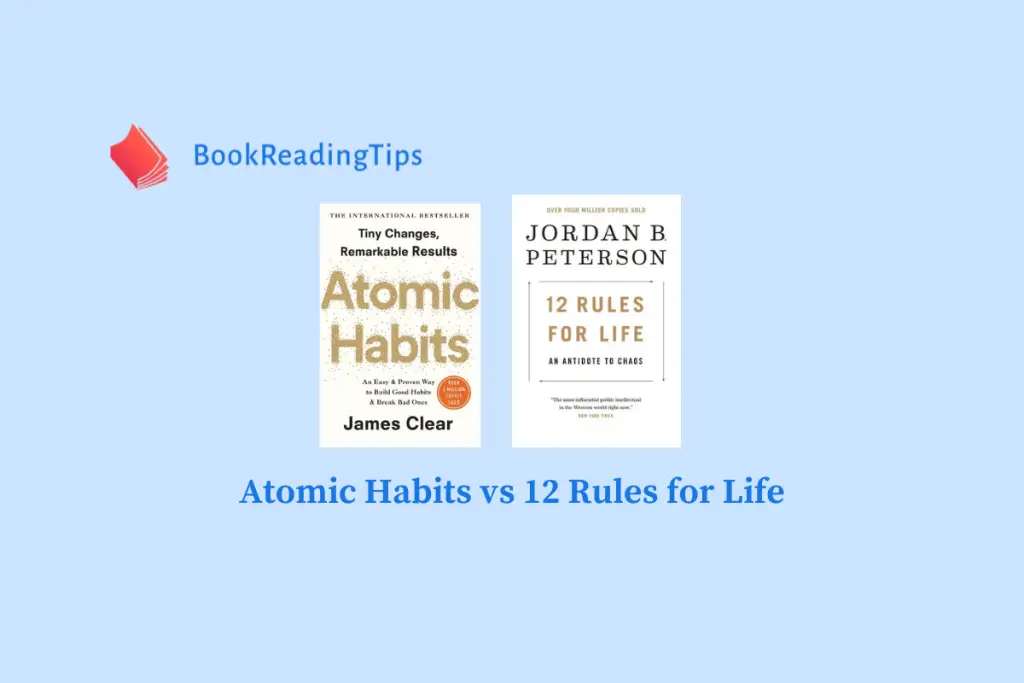In today’s fast-paced world, personal growth and self-improvement have become more important than ever. Two popular methods that many individuals turn to for enhancing their lives and achieving their goals are Atomic Habits and Ikigai. As you explore these concepts, it’s essential to understand their unique approaches and how they can benefit you.
Atomic Habits, as explained in James Clear’s bestselling book, focuses on making tiny, incremental changes in your daily routine, which can ultimately lead to significant improvements in your life. By refining the systems around your habits, you can transform even the smallest actions into powerful results over time. This approach emphasizes consistency and gradual progress, allowing you to build sustainable habits that align with your long-term objectives.
On the other hand, Ikigai is a Japanese concept that helps you find your reason for being, or the perfect intersection of your passions, values, and strengths. By harnessing the power of Ikigai, you can live a more fulfilling life through the pursuit of purpose and personal growth. This method encourages you to consider what you love, what you excel at, and how you can combine these elements into a meaningful career or lifestyle that aligns with your unique sense of purpose.
Table of Contents
- Atomic Habits: Definition & Principles
- Ikigai: Definition & Components
- Differences Between Atomic Habits & Ikigai
- Integration: How Atomic Habits Contribute to Ikigai
- Examples of Applying Atomic Habits and Ikigai in Real Life
- Conclusion
Atomic Habits: Definition & Principles

The Four Laws of Behavior Change
In Atomic Habits, James Clear presents a practical framework for creating and maintaining habits through four simple principles known as the Four Laws of Behavior Change. These laws help you establish new habits by making them 1) obvious, 2) attractive, 3) easy, and 4) satisfying. To break bad habits, you can apply these laws in a negative form. By understanding these principles, you can optimize your daily routine and achieve a higher level of productivity.
Implementation Intentions and Habit Stacking
To further enhance habit formation, James Clear introduces the concept of “implementation intentions” and “habit stacking.” Implementation intentions involve specifying when and where you will perform your new habit. For example, you might say “I will exercise for 20 minutes at 6:30 pm in the living room.” On the other hand, habit stacking involves linking a new habit to an existing one, therefore creating a chain of habits in your daily routine. For example, “After I brush my teeth, I will meditate for 5 minutes.”
Environment Design and Accountability Partners
Another powerful technique in Atomic Habits is designing your environment to support the formation and maintenance of good habits. By consciously organizing your surroundings in a way that encourages your desired behavior, you make it easier to follow through on your intentions. For example, having a dedicated workspace free from distractions can help you stay focused when working or studying.
Lastly, incorporating accountability partners into your habit formation process can be a significant motivator. By sharing your goals and progress with someone who supports you, whether it’s a friend, family member, or online group, you increase the likelihood of sticking to your new habits.
By understanding and applying these principles from Atomic Habits, you can transform your daily routines and work towards achieving your goals more effectively.
Ikigai: Definition & Components

The Four Elements of Ikigai
Ikigai (ee-key-guy) is a Japanese concept that combines the terms iki, meaning “alive” or “life,” and gai, meaning “benefit” or “worth.” Put together, Ikigai signifies that which gives your life worth, meaning, or purpose. It’s somewhat akin to the French term “raison d’être” or “reason for being.”
There are four main elements that make Ikigai:
- Passion – what you love
- Vocation – what you are good at
- Mission – what the world needs
- Profession – what you can get paid for
These elements intersect, creating combinations of fulfillment in life. Finding the “sweet spot” where all four elements align is the ultimate goal in achieving your personal Ikigai.
Finding Your Personal Ikigai
To discover your individual Ikigai, you can begin by asking yourself a series of questions, pondering each of the four elements. Some examples include:
- Passion: What activities or pursuits make you feel energized and satisfied?
- Vocation: What skills or talents do you possess? Are there any areas in which others often seek your advice or assistance?
- Mission: What issues or needs do you feel strongly about? Are there any causes that you’d like to contribute to in a meaningful way?
- Profession: What career opportunities align with your passions, talents, and sense of purpose? Would any of these also provide financial stability?
Reflecting on these questions can help guide you toward uncovering your Ikigai. Remember that it’s an ongoing process that may require adjustment and self-exploration throughout various stages of your life. Finding your Ikigai ultimately enhances your work-life balance and overall well-being.
Differences Between Atomic Habits & Ikigai
When it comes to personal growth, you may find yourself curious about the concepts of Atomic Habits and Ikigai. These two approaches have their unique principles and applications, and understanding their differences can help you on your journey of self-improvement.
Atomic Habits, the bestselling book by James Clear, focuses on making small, incremental changes in your daily routine. These tiny adjustments, when performed consistently, can yield significant results. The idea is to ease you into forming new habits, rather than attempting massive lifestyle changes all at once. Clearly introduces the concept of the two-minute rule, which suggests that any new habit should take no more than two minutes to complete initially. This approach makes habit formation more accessible and reduces the likelihood of giving up.
On the other hand, Ikigai is a Japanese concept that embodies the idea of discovering your life’s purpose. The term combines ‘iki,’ meaning ‘life’ or ‘alive,’ and ‘gai,’ meaning ‘benefit’ or ‘worth’. Ikigai encourages you to find the intersection between your passions, talents, and what the world needs. This concept aligns closely with the French phrase ‘raison d’être,’ meaning ‘reason for being.’ Ikigai promotes self-reflection and a deeper understanding of one’s values and desires, helping you align your life’s pursuits with your inner sense of purpose.
The primary difference between Atomic Habits and Ikigai lies in their focus. While Atomic Habits zeroes in on the process of forming and maintaining new habits, Ikigai is concerned with discovering and nurturing your life’s purpose. Both concepts complement each other – by finding your Ikigai, you can identify the habits you need to cultivate, and by employing the principles of Atomic Habits, you can create lasting change to move closer to your Ikigai.
In summary, if you’re looking to improve specific aspects of your life or develop new habits, Atomic Habits offers a practical framework to help you achieve that. If you seek a deeper understanding of your life’s purpose and how to align your actions with your passions, Ikigai provides guidance on this quest. Ultimately, both approaches can contribute significantly to your personal growth and help you lead a more fulfilling life.
Integration: How Atomic Habits Contribute to Ikigai
As you explore the concepts of Atomic Habits and Ikigai, you’ll find that they complement each other well. Implementing Atomic Habits can contribute to Ikigai by helping you identify and pursue what brings meaning and satisfaction to your life.
One way to begin integrating Atomic Habits into your pursuit of Ikigai is by focusing on small, manageable changes. Atomic Habits, a concept popularized by James Clear, emphasizes the power of tiny positive adjustments made consistently over time. These small changes can accumulate and lead to significant improvements in your life, helping you better align with your Ikigai. Examples of such adjustments might include practicing gratitude, engaging in daily exercise, or dedicating time to a hobby or passion.
To incorporate Atomic Habits into the quest for Ikigai, you can use the four-step process outlined by Clear: cue, craving, response, and reward. Identify cues in your environment that can trigger new habits aligned with your Ikigai, and create a craving for these positive changes. Allow the response to be a small, purpose-driven action, and reward yourself for your consistency.
In addition to habit formation, reflect on the four primary dimensions that comprise Ikigai: passion, mission, profession, and vocation. By clarifying these elements, you can further refine your daily habits to align with your Ikigai. For example, if your passion is art, you can create a habit of sketching for a few minutes each day. If your mission is to contribute positively to your community, you can establish a routine of volunteering or helping neighbors on a regular basis. Addressing these aspects will facilitate the integration of Atomic Habits and Ikigai in your life.
Remember, the key to successfully merging these two concepts is consistency and continuous self-reflection. Be patient with yourself as you embark on this journey of personal growth. By remaining open to adjustments and embracing small, positive habits, you’ll make progress toward discovering and living out your Ikigai.
Examples of Applying Atomic Habits and Ikigai in Real Life
When it comes to improving your life, understanding and implementing the concepts of Atomic Habits and Ikigai can be transformative. Here are some examples of how you can apply them in real life.
Atomic Habits: The key to building habits that stick, according to James Clear, is to focus on making small, gradual changes instead of attempting drastic overhauls. For instance, if you want to start an exercise routine, try adding just five minutes of physical activity to your day. As you become comfortable with this, gradually increase the duration and intensity of your workouts. It’s also important to create an environment that supports your new habits, such as setting out your workout gear the night before and scheduling your exercise sessions in your calendar.
Ikigai: The Japanese concept of Ikigai seeks to help you discover your life’s purpose by considering four elements: what you love, what you’re good at, what the world needs, and what you can be paid for. To apply Ikigai, begin by making a list of your passions, talents, and the needs you see in the world. Then, consider ways you can combine these to create a fulfilling and purposeful life. For example, if you love helping others, excel in communication, and recognize a need for mental health awareness, pursuing a career as a counselor or therapist may align with your Ikigai.
Both Atomic Habits and Ikigai emphasize the importance of consistency and reflection in working towards your goals. By incorporating these concepts into your daily routine, you’ll be better equipped to build sustainable habits and live a life filled with purpose.
Conclusion
In comparing Atomic Habits and Ikigai, it’s important to recognize that both concepts offer valuable insights for personal growth and self-improvement. While Atomic Habits by James Clear focuses on the science and application of building good habits, Ikigai is a Japanese concept that helps you find purpose and value in life.
When it comes to habit formation, Atomic Habits provides a practical framework for creating and maintaining good habits. By understanding the science behind habits, you can develop a system that works best for you. On the other hand, Ikigai encourages you to explore the intersection of your passions, skills, and values to discover a fulfilling life.
There is no one-size-fits-all approach to personal growth. It’s entirely possible to integrate both Atomic Habits and Ikigai into your life, as they complement each other. While Atomic Habits can help you create the routines and habits needed for success, Ikigai can provide a sense of purpose that drives you forward.
In the end, your growth journey is yours to define. By combining the practical elements of habit formation with the introspective exploration of your life’s purpose, you can cultivate a fulfilling and balanced lifestyle. Remember, the key is to approach both concepts with a confident, knowledgeable, neutral, and clear mindset while keeping your own unique goals and needs in mind.




